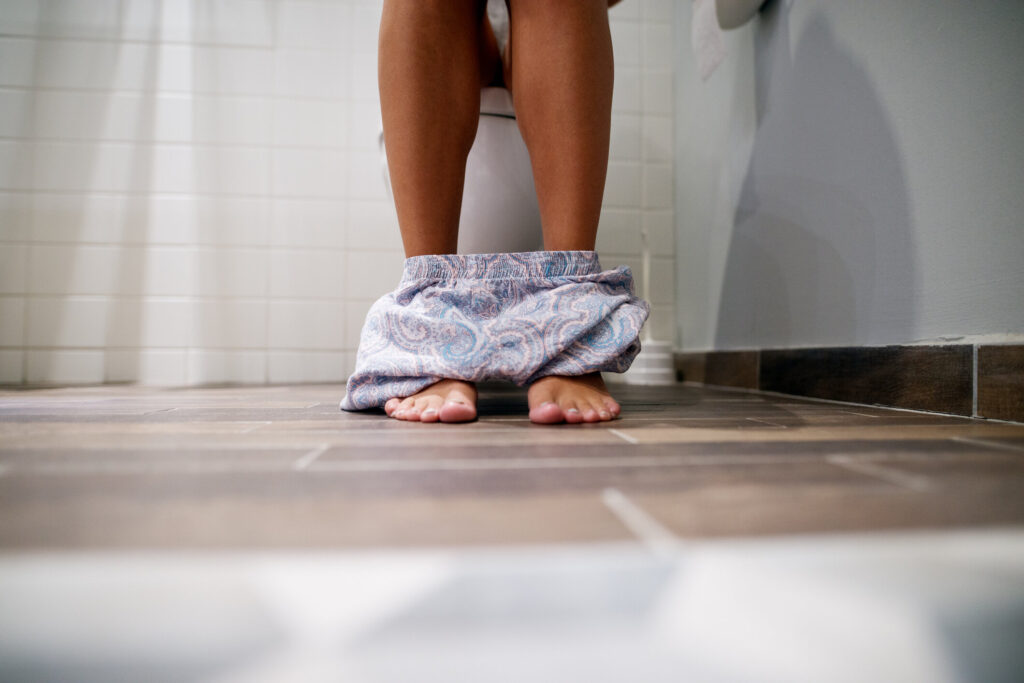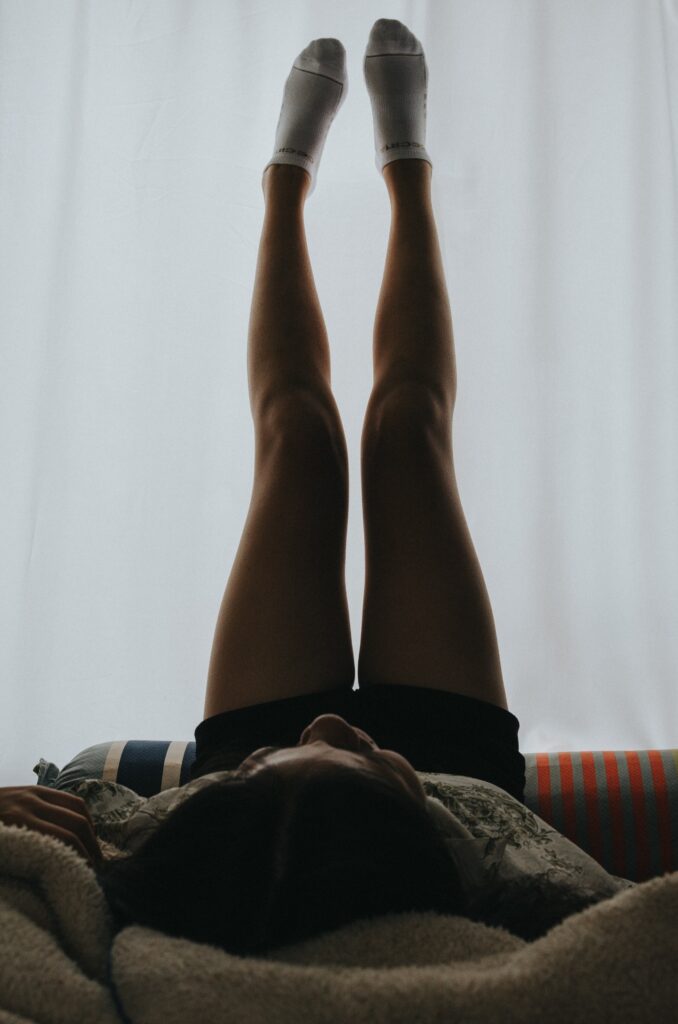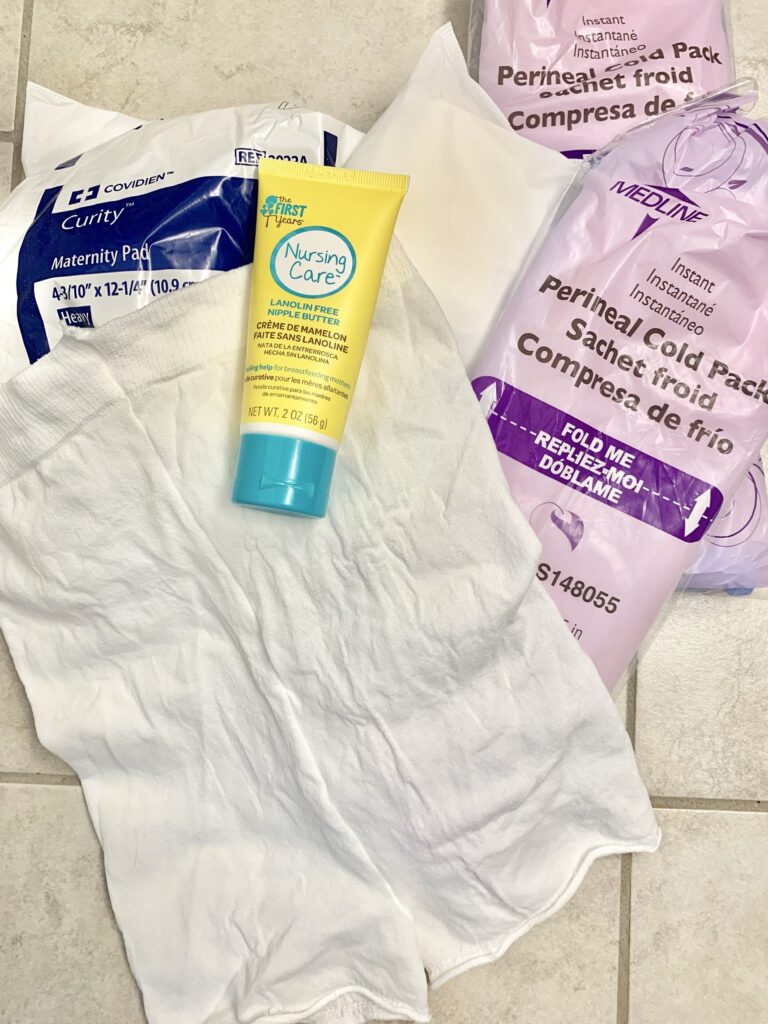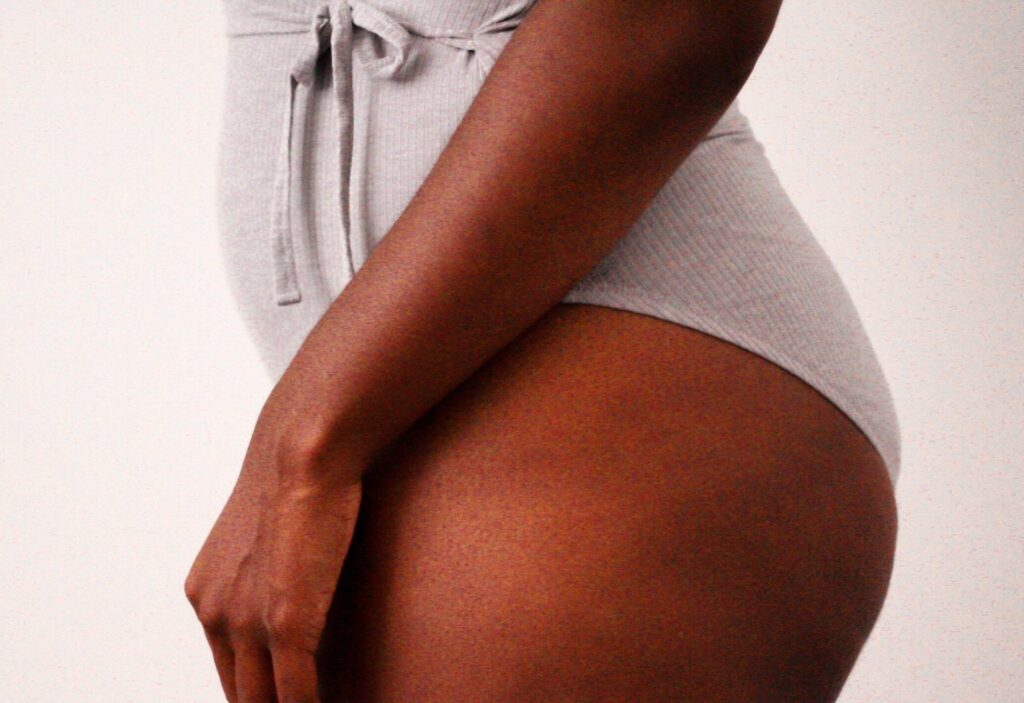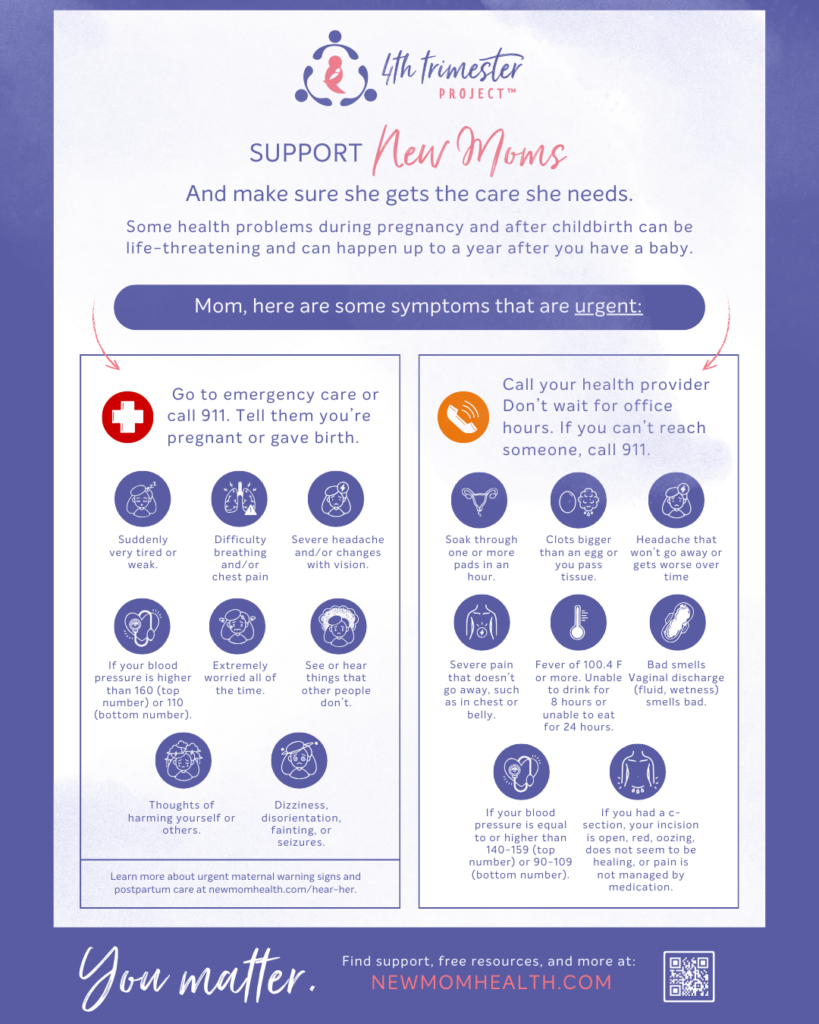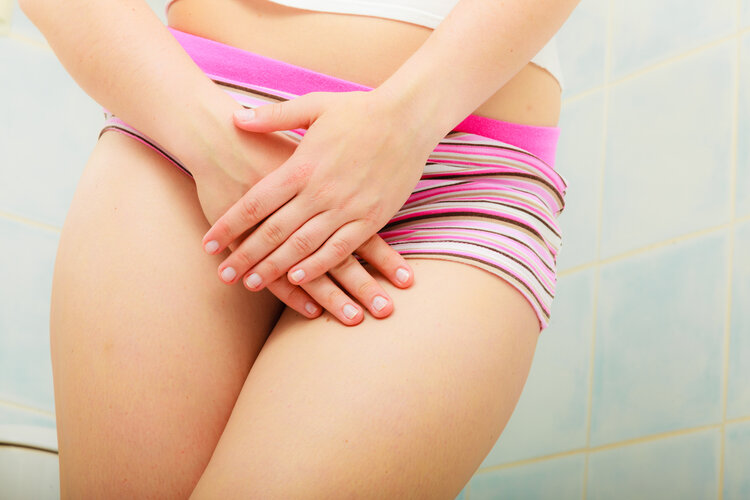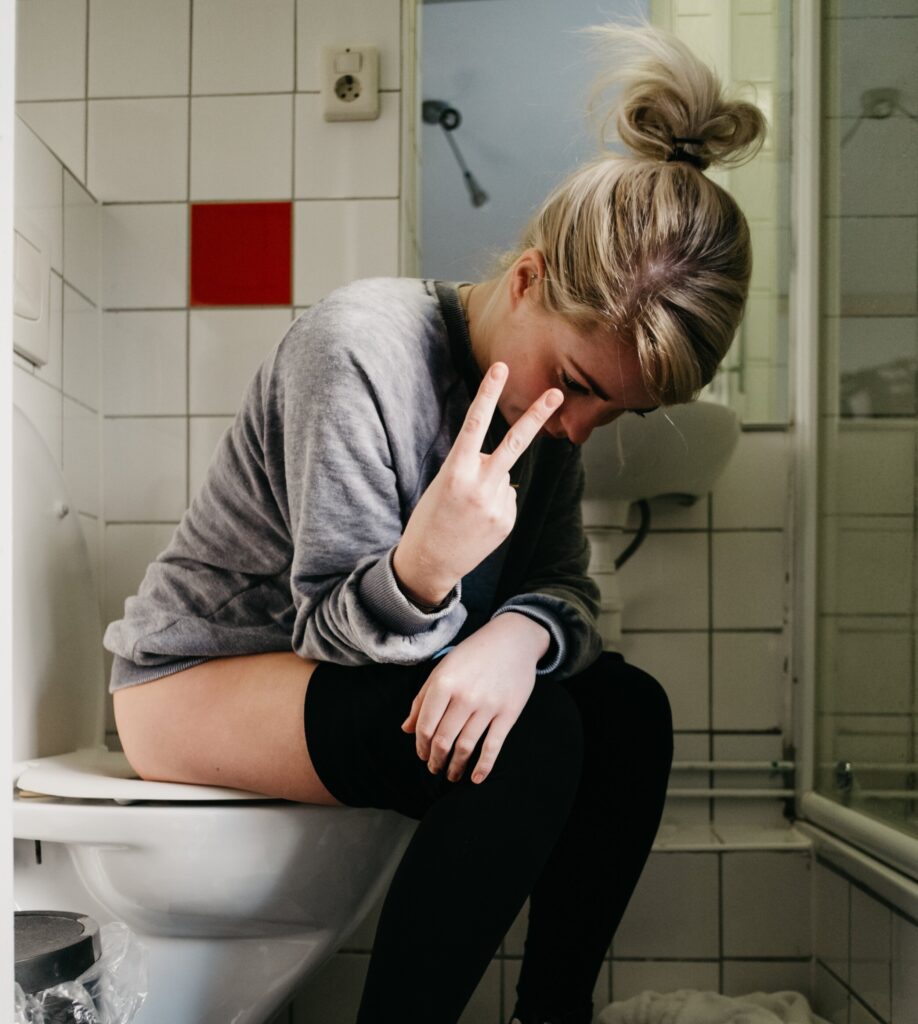
Lots happens to our bodies, especially our bottoms, during childbirth. Many women are caught off guard by the common conditions that can happen in the days and weeks after having a baby. Here are a few common things that a new mom may experience.
Hernias
A hernia is when an internal part of the body pushes through an opening in a muscle or tissue under the skin. The American Pregnancy Association (APA) says that the most common place for hernias to develop are in the belly and groin area. Stomach muscles stretch during pregnancy to fit your growing baby. It’s usually less common, but there is a higher risk of post-childbirth umbilical (belly button) hernias from pregnancy among women who are very overweight or have had more than one pregnancy. Perineal (area near the opening of the vagina) hernias are also rare and can be caused by an episiotomy (cut in the skin near the vagina) during childbirth. A perinatal hernia can be outside, between a woman’s vagina and anus (hole where poop comes out), or inside.
If you have a hernia, you may either feel a lump or see a bulge under the skin. Others may have a dull aching pain that increases when active, bending over, sneezing, coughing or laughing. Lastly, some pregnant women can have hernias without signs and symptoms. Surgery is the only way to fix a hernia, but usually, hernias do not need action right away. If you think you have a hernia, please talk to your health care provider, who can do a physical exam to see if you have one.
Resources
- https://americanpregnancy.org/pregnancy-complications/hernia-during-pregnancy/
- Treating Postpartum Hernia: What New Mothers Should Know
Bottom (Anal) Tears and Cracks
Anal (bottom) fissures are small tears or cracks in the skin/tissue that lines the bottom (the part in between your butt cheeks where poop comes out) – this can be due to pressure and strain on muscles during pregnancy or due to childbirth. It is not uncommon for people to confuse anal fissures with hemorrhoids. You can have pain and bleeding when pooping with both conditions. Hemorrhoids tend to be painful throughout the day, while anal fissures usually only hurt during a bowel movement (pooping) and the pain can be very bad. “Pooping broken glass” is how some women describe anal fissures, where you might feel a sharp pain during a bowel movement followed by a deep burning pain. There might also be a small amount of bright red blood. The good news is that anal fissures many times do not require surgery. However, on rare occasions, it may be needed if conservative measures do not work.
Things to do that may help:
- Ease constipation (when you go a long time without pooping) with stool softeners such as docusate-sodium (Colace) and high-fiber diet (about 25-35 grams a day).
- Take a sitz baths for about 10 to 20 minutes after a bowel movement for pain relief, muscle relaxation, and healing.
Please talk to your health care provider if the pain is really bad and continues even after you’ve tried to treat it at home. They can prescribe treatments such as cream medications that increase blood flow to the anal area for improved healing. New moms shouldn’t have to deal with a lot of pain without help. You deserve to heal.

